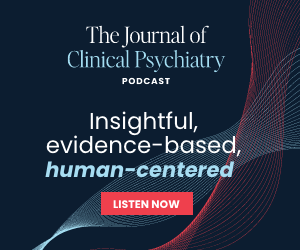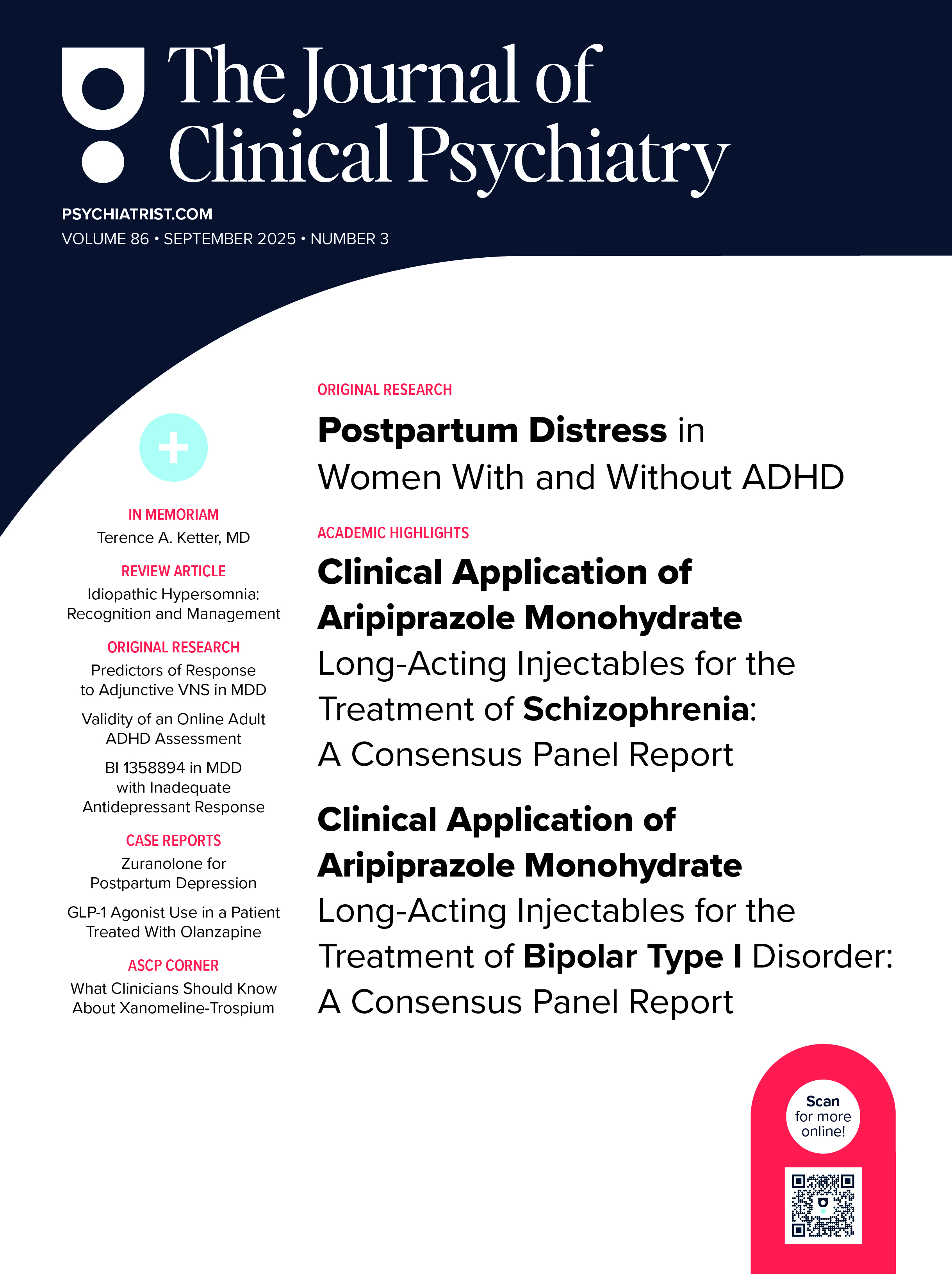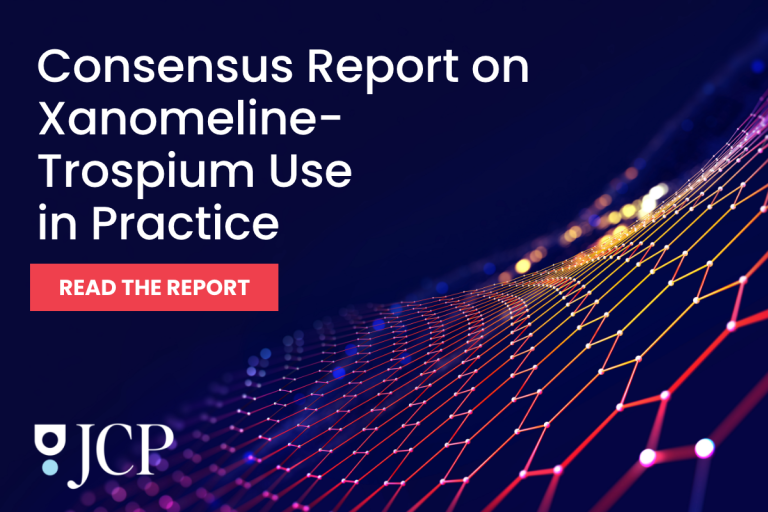Abstract
Objective: Individuals with severe mental illness (SMI) have a shorter life expectancy compared to the general population, largely due to cardiovascular disease (CVD). In this report from the Fixed Dose Intervention Trial of New England Enhancing Survival in SMI Patients (FITNESS), we examined baseline CVD risk factors and their treatment in patients with SMI and second generation antipsychotic (SGA) use.
Methods: FITNESS enrolled 204 participants with SMI and SGA use, but without documented history of CVD or diabetes mellitus, from several clinics in the Boston, Massachusetts, area between April 29, 2015, and September 26, 2019. We measured CVD risk factors (eg, body composition, arterial blood pressure, lipid and glucose parameters, diet, and activity) and CVD medication use prior to the initiation of the trial.
Results: The mean age of participants was 37.2 (13.5) years; 40% were female. Participants frequently had cardiovascular risk factors, including obesity (40%), elevated lipid levels (58%), elevated systolic blood pressure/hypertension (60%), elevated glycosylated hemoglobin percent (25%), active smoking (36%), and sedentary lifestyle (49%). Of CVD medications, 82% of those with hypertension were not receiving antihypertensive medications, 99% of those with dyslipidemia were not receiving cholesterol medications, and 97% of those with active smoking were not receiving smoking cessation medication. Among all participants, psychiatric diagnosis was not significantly associated with body mass index and CVD risk.
Conclusions: Despite well-documented CVD morbidity and mortality among people with SMI, CVD risks in individuals with SMI and SGA are common and frequently untreated across psychiatric diagnoses.
Trial Registration: ClinicalTrials.gov identifier: NCT02188121.
J Clin Psychiatry 2025;86(1):24m15392
Author affiliations are listed at the end of this article.
Members Only Content
This full article is available exclusively to Professional tier members. Subscribe now to unlock the HTML version and gain unlimited access to our entire library plus all PDFs. If you’re already a subscriber, please log in below to continue reading.
References (45)

- Druss BG, Zhao L, Von Esenwein S, et al. Understanding excess mortality in persons with mental illness: 17-year follow up of a nationally representative US survey. Med Care. 2011;49(6):599–604. PubMed CrossRef
- Brown S. Excess mortality of schizophrenia. A meta-analysis. Br J Psychiatry. 1997;171:502–508. PubMed
- Saha S, Chant D, McGrath J. A systematic review of mortality in schizophrenia: is the differential mortality gap worsening over time? Arch Gen Psychiatry. 2007;64(10):1123–1131. PubMed
- Miller BJ, Paschall CB 3rd, Svendsen DP. Mortality and medical comorbidity among patients with serious mental illness. Psychiatr Serv. 2006;57(10):1482–1487. CrossRef
- Felker B, Yazel JJ, Short D. Mortality and medical comorbidity among psychiatric patients: a review. Psychiatr Serv. 1996;47(12):1356–1363.
- Dembling BP, Chen DT, Vachon L. Life expectancy and causes of death in a population treated for serious mental illness. Psychiatr Serv. 1999;50(8):1036–1042. CrossRef
- Henderson DC. Weight gain with atypical antipsychotics: evidence and insights. J Clin Psychiatry. 2007;68(Suppl 12):18–26. PubMed
- Leucht S, Cipriani A, Spineli L, et al. Comparative efficacy and tolerability of 15 antipsychotic drugs in schizophrenia: a multiple-treatments meta-analysis. Lancet. 2013;382(9896):951–962. PubMed CrossRef
- Correll CU, Detraux J, De Lepeleire J, et al. Effects of antipsychotics, antidepressants and mood stabilizers on risk for physical diseases in people with schizophrenia, depression and bipolar disorder. World Psychiatry. 2015;14(2):119–136. PubMed CrossRef
- Pillinger T, McCutcheon RA, Vano L, et al. Comparative effects of 18 antipsychotics on metabolic function in patients with schizophrenia, predictors of metabolic dysregulation, and association with psychopathology: a systematic review and network meta-analysis. Lancet Psychiatry. 2020;7(1):64–77. PubMed CrossRef
- Hayes JF, Marston L, Walters K, et al. Mortality gap for people with bipolar disorder and schizophrenia: UK-based cohort study 2000-2014. Br J Psychiatry. 2017;211(3):175–181. PubMed CrossRef
- Nielsen RE, Banner J, Jensen SE. Cardiovascular disease in patients with severe mental illness. Nat Rev Cardiol. 2021;18(2):136–145. CrossRef
- Morrato EH, Newcomer JW, Kamat S, et al. Metabolic screening after the American Diabetes Association’s consensus statement on antipsychotic drugs and diabetes. Diabetes Care. 2009;32(6):1037–1042. PubMed CrossRef
- Rajkumar AP, Horsdal HT, Wimberley T, et al. Endogenous and antipsychotic related risks for diabetes mellitus in young people with schizophrenia: a Danish population-based cohort study. Am J Psychiatry. 2017;174:686–694. CrossRef
- Chouinard VA, Henderson DC, Dalla Man C, et al. Impaired insulin signaling in unaffected siblings and patients with first-episode psychosis. Mol Psychiatry. 2019;24(10):1513–1522. PubMed CrossRef
- Pillinger T, D’Ambrosio E, McCutcheon R, et al. Is psychosis a multisystem disorder? A meta-review of central nervous system, immune, cardiometabolic, and endocrine alterations in first-episode psychosis and perspective on potential models. Mol Psychiatry. 2019;24(6):776–794. PubMed CrossRef
- Frayne SM, Halanych JH, Miller DR, et al. Disparities in diabetes care: impact of mental illness. Arch Intern Med. 2005;165(22):2631–2638. PubMed
- Hardy S, Hinks P, Gray R. Screening for cardiovascular risk in patients with severe mental illness in primary care: a comparison with patients with diabetes. J Ment Health. 2013;22(1):42–50. PubMed CrossRef
- Paxton AE, Strycker LA, Toobert DJ, et al. Starting the conversation performance of a brief dietary assessment and intervention tool for health professionals. Am J Prev Med. 2011;40(1):67–71. PubMed CrossRef
- Hallal PC, Victora CG. Reliability and validity of the International Physical Activity Questionnaire (IPAQ). Med Sci Sports Exerc. 2004;36(3):556. CrossRef
- National Cholesterol Education Program NCEP Expert Panel on Detection Evaluation and Treatment of High Blood Cholesterol in Adults Adult Treatment Panel III. Third Report of the National Cholesterol Education Program (NCEP) Expert Panel on Detection, Evaluation, and Treatment of High Blood Cholesterol in Adults (Adult Treatment Panel III) final report. Circulation. 2002;106(25):3143–3421. PubMed
- Zheng W, Li XB, Tang YL, et al. Metformin for weight gain and metabolic abnormalities associated with antipsychotic treatment: meta-analysis of randomized placebo-controlled trials. J Clin Psychopharmacol. 2015;35(5):499–509. PubMed CrossRef
- Goff DC Jr, Lloyd-Jones DM, Bennett G, et al. 2013 ACC/AHA guideline on the assessment of cardiovascular risk: a report of the American College of Cardiology/ American Heart Association Task Force on Practice Guidelines. Circulation. 2014;129(25 suppl 2):S49–S73. PubMed
- Berkowitz SA, Meigs JB, DeWalt D, et al. Material need insecurities, control of diabetes mellitus, and use of health care resources: results of the Measuring Economic Insecurity in Diabetes study. JAMA Intern Med. 2015;175(2):257–265. PubMed CrossRef
- Voils CI, Maciejewski ML, Hoyle RH, et al. Initial validation of a self-report measure of the extent of and reasons for medication nonadherence. Med Care. 2012;50(12):1013–1019. PubMed CrossRef
- Woods SW. Chlorpromazine equivalent doses for the newer atypical antipsychotics. J Clin Psychiatry. 2003;64(6):663–667. PubMed CrossRef
- Wong ND, Budoff MJ, Ferdinand K, et al. Atherosclerotic cardiovascular disease risk assessment: an American Society for Preventive Cardiology clinical practice statement. Am J Prev Cardiol. 2022;10:100335. PubMed CrossRef
- Hales CM, Carroll MD, Fryar CD, et al. Prevalence of obesity and severe obesity among adults: United States, 2017–2018. NCHS Data Brief; 2020;(360):1–8. PubMed
- Center for Disease Control and Prevention. Massachusetts State Nutrition, Physical Activity and Obesity Profile. National Center for Chronic Disease Prevention and Health Promotion, Division of Nutrition, Physical Activity and Obesity; 2016.
- Chouinard VA, Pingali SM, Chouinard G, et al. Factors associated with overweight and obesity in schizophrenia, schizoaffective and bipolar disorders. Psychiatry Res. 2016;237:304–310. PubMed CrossRef
- Meyer JM, Nasrallah HA, McEvoy JP, et al. The Clinical Antipsychotic Trials Of Intervention Effectiveness (CATIE) Schizophrenia Trial: clinical comparison of subgroups with and without the metabolic syndrome. Schizophr Res. 2005;80(1):9–18. PubMed CrossRef
- Correll CU, Robinson DG, Schooler NR, et al. Cardiometabolic risk in patients with first-episode schizophrenia spectrum disorders: baseline results from the RAISE ETP study. JAMA psychiatry. 2014;71(12):1350–1363. PubMed CrossRef
- Shain BN, Committee OA. Collaborative role of the pediatrician in the diagnosis and management of bipolar disorder in adolescents. Pediatrics. 2012;130(6):e1725–e1742. PubMed CrossRef
- Corrigan PW, Mittal D, Reaves CM, et al. Mental health stigma and primary health care decisions. Psychiatry Res. 2014;218(1–2):35–38. PubMed CrossRef
- Thom S, Poulter N, Field J, et al. Effects of a fixed-dose combination strategy on adherence and risk factors in patients with or at high risk of CVD: the UMPIRE randomized clinical trial. JAMA. 2013;310(9):918–929. PubMed
- PILL Collaborative Group; Rodgers A, Patel A, et al. An international randomised placebo-controlled trial of a four-component combination pill (“polypill”) in people with raised cardiovascular risk. PLoS One. 2011;6(5):e19857. PubMed CrossRef
- Yusuf S, Islam S, Chow CK, et al. Use of secondary prevention drugs for cardiovascular disease in the community in high-income, middle-income, and low income countries (the PURE Study): a prospective epidemiological survey. Lancet. 2011;378(9798):1231–1243. PubMed CrossRef
- Acosta FJ, Hernandez JL, Pereira J, et al. Medication adherence in schizophrenia. World J Psychiatry. 2012;2(5):74–82.
- Ferdinand KC, Senatore FF, Clayton-Jeter H, et al. Improving medication adherence in cardiometabolic disease: practical and regulatory implications. J Am Coll Cardiol. 2017;69(4):437–451. PubMed CrossRef
- Walburg FS, van Meijel B, Hoekstra T, et al. Effectiveness of a lifestyle intervention for people with a severe mental illness in Dutch outpatient mental health care: a randomized clinical trial. JAMA psychiatry. 2023;80(9):886–894. PubMed CrossRef
- Daumit GL, Dickerson FB, Wang NY, et al. A behavioral weight-loss intervention in persons with serious mental illness. N Engl J Med. 2013;368(17):1594–1602. CrossRef
- Biddinger KJ, Emdin CA, Haas ME, et al. Association of habitual alcohol intake with risk of cardiovascular disease. JAMA Netw Open. 2022;5(3):e223849. PubMed CrossRef
- Burnette EM, Nieto SJ, Grodin EN, et al. Novel agents for the pharmacological treatment of alcohol use disorder. Drugs. 2022;82(3):251–274. PubMed CrossRef
- Morrato EH, Nicol GE, Maahs D, et al. Metabolic screening in children receiving antipsychotic drug treatment. Arch Pediatr Adolesc Med. 2010;164(4):344–351. PubMed CrossRef
- Galling B, Roldan A, Nielsen RE, et al. Type 2 diabetes mellitus in youth exposed to antipsychotics: a systematic review and meta-analysis. JAMA Psychiatry. 2016;73(3):247–259. PubMed CrossRef






